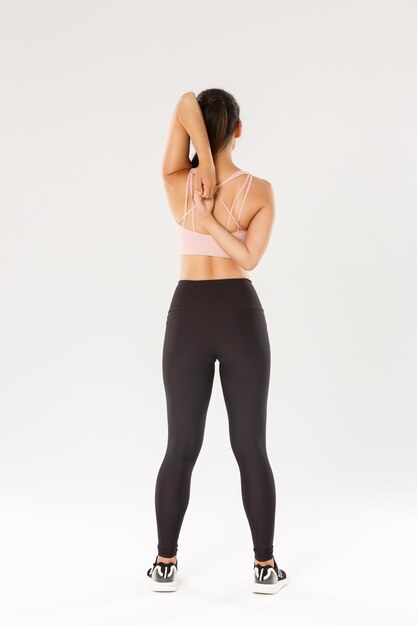Lateral raises, often called lateral openings, are a popular exercise for strengthening the shoulders, specifically targeting the central deltoids. This single-joint exercise can be done using one or both arms at the same time.
Muscle Groups Involved
During the first 30 degrees of the movement, the supraspinatus, infraspinatus, and subscapularis muscles are also significantly engaged. The main movement in lateral raises is lifting the arms from a relaxed position at the sides to a horizontal position, which is up to 90 degrees of shoulder opening. When you lift beyond this point, the trapezius muscle becomes more involved. Lateral raises can be performed with dumbbells, kettlebells, cables, or on specific machines designed for this exercise.
How to Perform Lateral Raises with Dumbbells
Here’s a simple guide to doing lateral raises with dumbbells:
1. Select the Weights: Pick two dumbbells that are the right weight for you. Hold them in your hands with your arms at your sides and your legs shoulder-width apart.
2. Posture: Keep your shoulder blades slightly pulled back and your chest forward. Maintain a comfortable and natural posture during the exercise.
3. Arm Position: Extend your arms with a slight bend at the elbows.
4. Execution: Lift your arms to the side until they are parallel to the floor, stopping at a 90-degree angle to your chest. Avoid common mistakes such as using your legs to lift or arching your back, especially when you get tired.
5. Humerus Rotation: Do not rotate your arms internally or externally. Only those with certain shoulder issues may need a slight external rotation.
6. Return to Start: Lower your arms back to the starting position in a controlled manner. Ensure the movement stops before your shoulders lose tension, meaning the dumbbells should not touch your thighs, and your arms should not be perpendicular to the floor.
Benefits of Lateral Raises with Dumbbells
Lateral raises with dumbbells specifically target the central deltoids. Using dumbbells highlights muscle engagement at the point of maximum contraction, offering a focused strength workout. This exercise is great for isolating and strengthening the lateral shoulder, which is less involved in multi-joint exercises.
Drawbacks of Lateral Raises with Dumbbells
Despite their benefits, there are some downsides to lateral raises with dumbbells. Dumbbells don鈥檛 allow for isotonic contraction (equal intensity throughout the range of motion) like cables can. This exercise might also be uncomfortable for those with shoulder issues such as impingement. Additionally, lateral raises shouldn’t be the main or only shoulder exercise in your routine.
Common Mistakes in Dumbbell Lateral Raises
Avoid these common mistakes while doing dumbbell lateral raises:
– Excessive internal or external shoulder rotation.
– Over-flexing or fully extending your elbows.
– Using your legs to ease the effort.
– Arching your back to help lift the weights.
– Not reaching the full range of motion.
– Losing muscle tension when lowering the weights.
In conclusion, lateral raises are excellent for isolating and strengthening shoulder muscles, especially the central deltoids. However, performing them correctly is crucial to maximize benefits and reduce injury risks.







